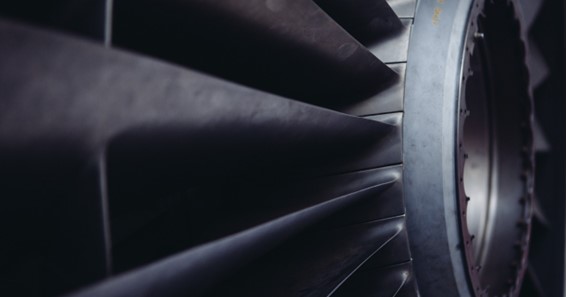Industrial blowers are popular and important components of many industrial processes, providing ventilation and air movement for safer working conditions.
Blowers work by increasing air or gas pressure through centrifugal movement of their rotor. After taking in air/gas through an inlet valve, their rotors are turned by an electric motor to increase airflow and pressure. If you’re new to renting or purchasing one, read more about them before pulling the trigger.
Ventilation
They are designed to stir up and displace air that would otherwise remain stagnant, moving it from one location to the next at speeds sufficient for worker safety. But given their immense size, moving all that air requires a collection system capable of collecting particles and contaminants – whether that be as simple as a bag or filter system or something more sophisticated.
They are extremely versatile and useful tools in an industrial setting with high dust levels, helping keep work environments free from debris. Not only are Aerzen industrial blower rentals typically used as part of compliance requirements for many industries but also to prevent any build-up of flammable residue caused by drugs, paint or other manufacturing products in closed rooms. This can be invaluable for most industries.
Seafood hatcheries use these machines for aeration and oxygen generation in tanks containing freshwater and saltwater animals, feeding systems, bubble curtains, etc. The blowers also help generate oxygen needed for their own operations and feeding systems.
Mining
These powerful machines use electric fans that move a massive volume of airflow and gas through industrial processes. Used for applications like exhaust clearing, ventilation, aeration, particulate transport cooling air-cleaning and drying these blowers are invaluable and come in various sizes, designs and configurations making them incredibly flexible solutions that almost every industrial process requires.
Mining depends heavily on them for powering equipment like drilling and piling machines, material conveyors, and ventilation systems. Since these machines typically reside underground in tight spaces where airflow must remain consistent to operate at optimal pressure, these machines ensure constant airflow while maintaining an elevated pressure environment.
Blowers also play an essential role in dust loading applications. These blowers collect dust, improving air quality by reducing harmful particles in the atmosphere. Constructed with extremely sturdy materials to withstand their working environments as well as chemical vapors and acids resistance features, they can manage pressure ranges of full vacuum to 100 psig without issue.
Click here – Unlocking the Full Potential of Your IoT Devices with Vakoms’ Custom Software Development
Cement Production
Industrial fans come in many different sizes, designs, and configurations. Their main purpose is to ventilate large spaces while simultaneously reducing humidity levels as well as eliminating dust, fumes, smoke and pollutants from the environment. Rust/corrosion resistant models can even ensure proper functioning in wet environments.
They play a large part in cement production (which you can learn more about by clicking here), serving multiple functions including kiln aeration, proclaimer burner feed, and raw meal silo feed aerosol and surge bin aeration. You’ll find them everywhere from small plants around the world to global operations ensuring high-quality clinker production.
They are widely utilized for tank aeration, air transfer and transport, dust loading systems, pneumatic conveying systems and cleaning. These versatile machines play a big part in many industries as they help ensure safe working environments while complying with air flow and safety regulations. Using them also helps prevent unpleasant odors while keeping air clean for improved productivity – an underlying benefit that makes these types of blowers so widely utilized.
Fume Remover
These machines are designed to remove fumes and vapors from workplace environments in order to keep air clean, as well as ensure workers do not inhale contaminated materials such as those created by toxic or flammable chemicals. The best blowers typically feature highly durable construction to withstand such environments.
Industrial blower blades can also be utilized for pneumatic conveying. This involves moving materials such as granular, paper, powder and pellet material through tubes by creating a vacuum pull. They also utilize centrifugal movements that create vortex motions to increase pressure inside of them by sucking air/gas molecules through.
Industry blowers play an integral part in aquaculture by providing oxygen levels, keeping water circulating, protecting against extreme temperature variations and helping prevent algae growth. They also act as material handling blowers.
Material Handling
Ventilation types use powerful fans to clear away dust, smoke, fumes and other contaminants from workplace environments to maintain cleanliness with little carbon footprint (https://www.energy.gov/energysaver/cooling-whole-house-fan) – especially important in industries like electronics which entail delicate yet intricate work that must be accomplished without risking contamination to components.
Pneumatic material conveying types provide air flow within a confined area to transport granular, paper, powder and pellet materials. These blowers use an impeller that generates positive and negative pressure differentials between its rotating blades to generate continuous airflow.
They play another role in wastewater treatment and tank aeration applications where pressure must be increased in the fluid being treated or processed; similarly in mining and cement production where dangerous gasses and toxic fumes must be released into the atmosphere – they provide various methods for discharging them into the atmosphere depending on each operation’s individual requirements.






